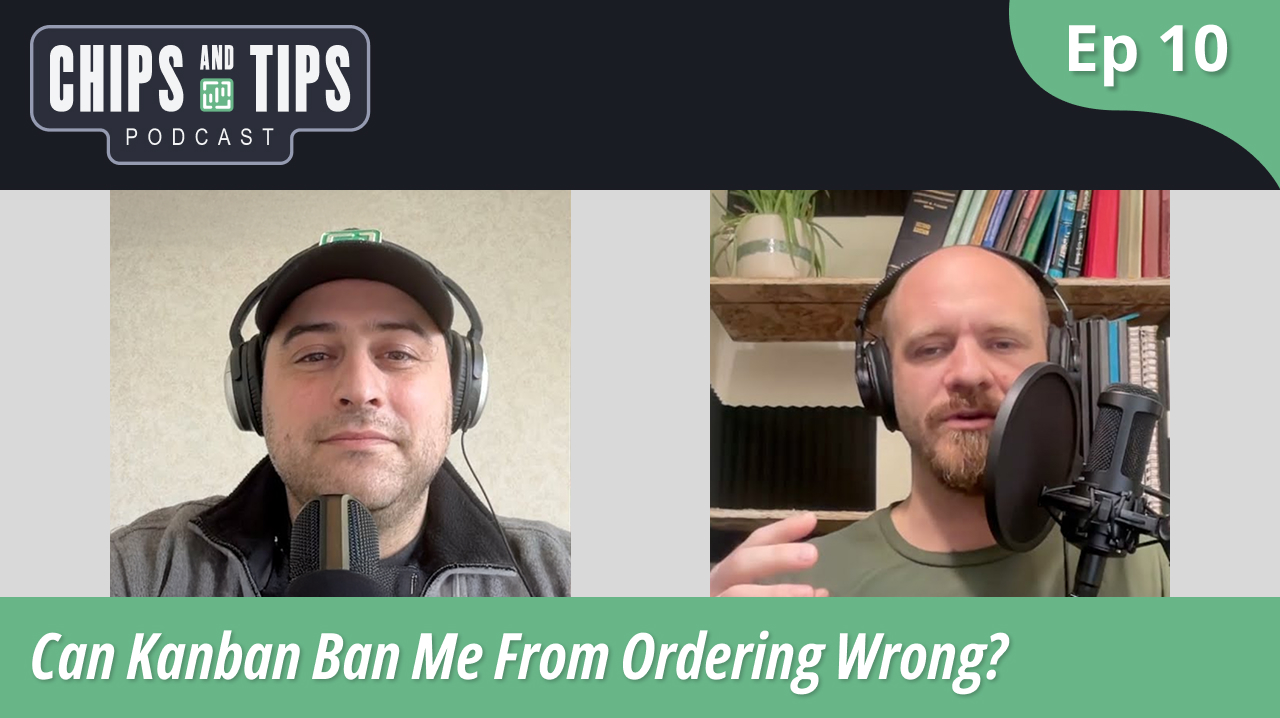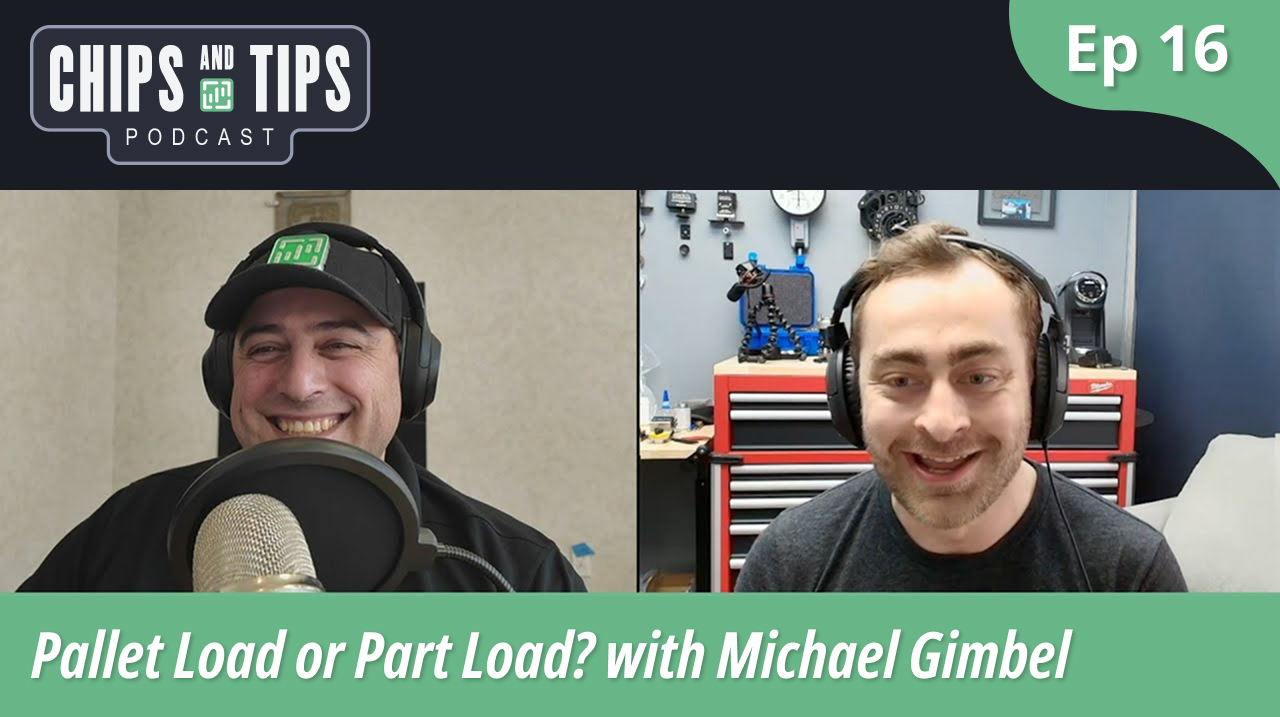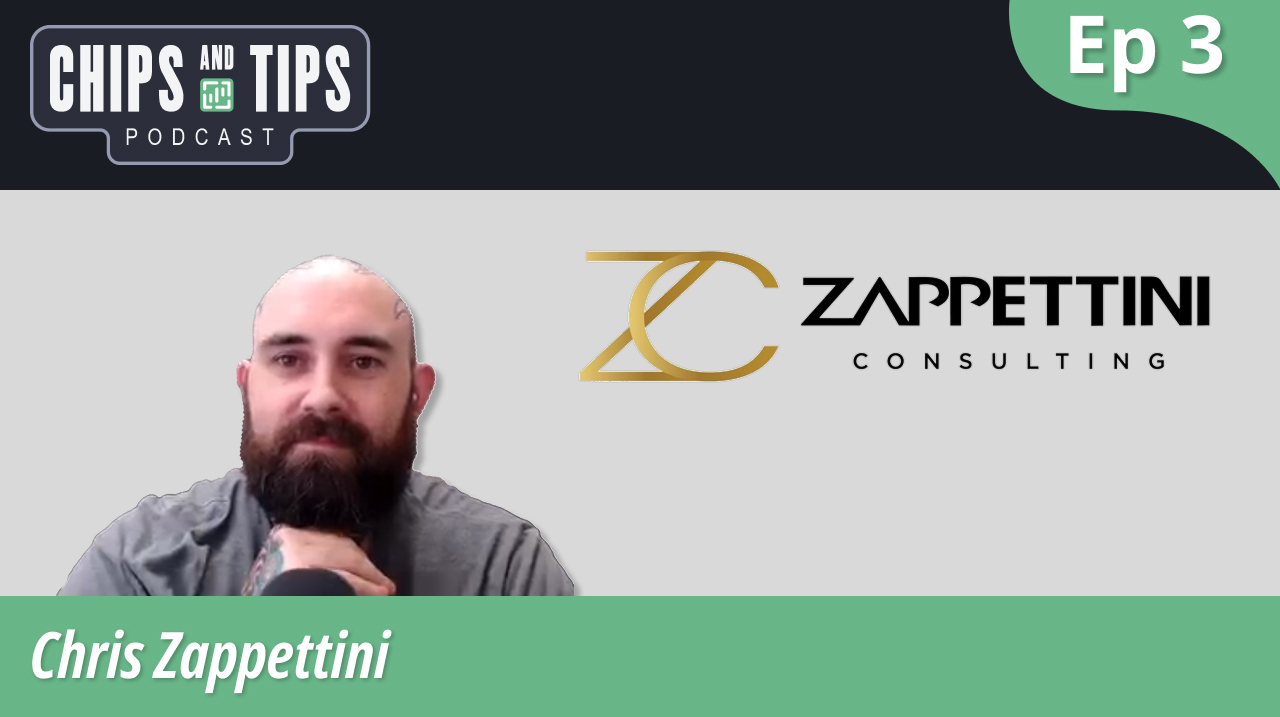1 min read
Episode 14 - Good Parts then Fast Parts with Chris Zappettini | Chips and Tips Podcast
![]() Toolpath
:
Aug 8, 2025 9:00:00 AM
Toolpath
:
Aug 8, 2025 9:00:00 AM

Speed is not your first problem. In this episode, Justin Gray and Chris Zappettini unpack the mantra good parts, then fast parts, and map it to real shop decisions: quoting, templates, automation, and even the business systems behind the work. If you are optimizing feeds while starving your pipeline, this one will save you time and money.
Good Part, Then Fast Parts episode summary
The conversation starts with a simple rule that unlocks everything else: aim for consistent, in-tolerance parts before you worry about shaving seconds. Speed without quality is just scrap delivered sooner. The hosts frame this as a shop-wide philosophy, not a single program tweak. When quality becomes the first constraint, decisions about tooling, fixturing, and feeds and speeds get cleaner and more defensible.
From quote to ship
Instead of optimizing the middle in isolation, the team looks at the whole path: quote, order stock, verify tools, machine, inspect, ship. Thinking in terms of an end-to-end “quote to ship” loop makes it obvious where reliability breaks. Templates and standard tool lists reduce variability, while better RFQs raise your win rate without sandbagging on price. Do the unglamorous work of removing surprises, then push cycle time once the process is stable.
Repeatability beats one-off wins
Automation only pays when it runs clean, over and over. The lens shifts from “did it work once” to “did it work the next 100, 200, 500 times.” That mindset changes your measurement plan and where you invest engineering time. Tool wear tracking, fixture life, and chip evacuation matter more than a single impressive time on part number one. The team shares practical signals that tell you a process is ready to scale.
Practical tactics for job shops
For high-mix work, you often cannot prototype in exotic materials, so you validate the approach with an aluminum test, check workholding, and confirm your probing and offsets. That way the first article in the real material is less stressful. Standard libraries, process checklists, and templated quoting help you get to first chip faster with fewer mistakes. Once your variation narrows, throttling speed becomes safer and far more profitable.
Where Toolpath fits
Toolpath’s role is to make that reliable path easier to see. From catching missed features to surfacing tooling gaps early, better information at quote time and setup time keeps you on the rails. The result is fewer surprises, higher win rates, and the confidence to dial in speed without spiking scrap. If you are trying to align job shop flexibility with production-grade consistency, this episode shows a blueprint you can use tomorrow.
Watch 'Good Part, Then Fast Parts'
Similar Blog Posts

Episode 10 - Can Kanban Ban Me From Ordering Wrong? | Chips and Tips Podcast





